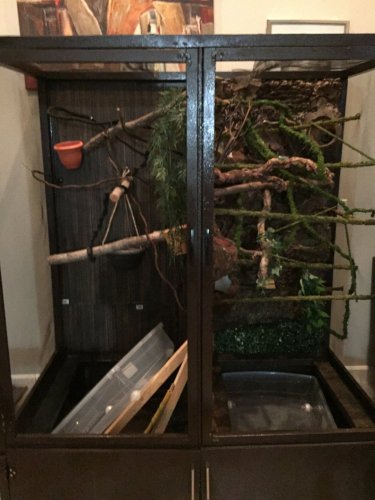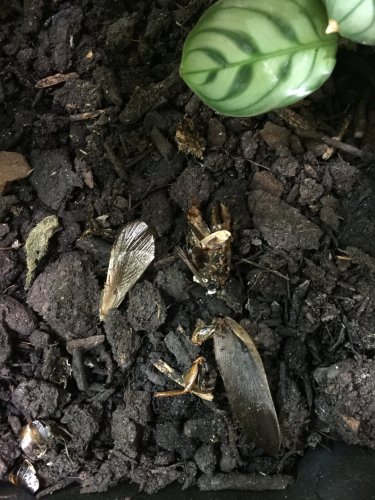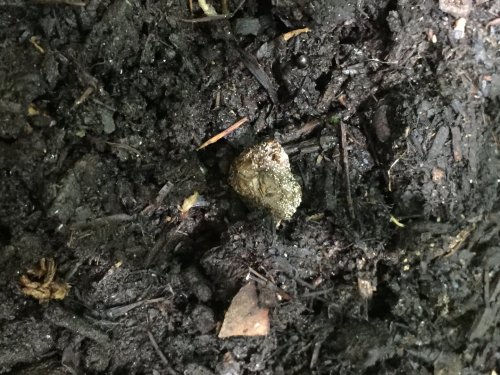Vincentuanluu
Member
I've been thinking of trying doing bio active substrate to two of my enclosure and wondering what's needed and how to set it up?
This is my setup now that currently working on.
I got the idea from my local pet store since they just started carrying Isopods and other cleaners.
I'm housing a female veiled and a wc Fischer.
This is my setup now that currently working on.
I got the idea from my local pet store since they just started carrying Isopods and other cleaners.
I'm housing a female veiled and a wc Fischer.




